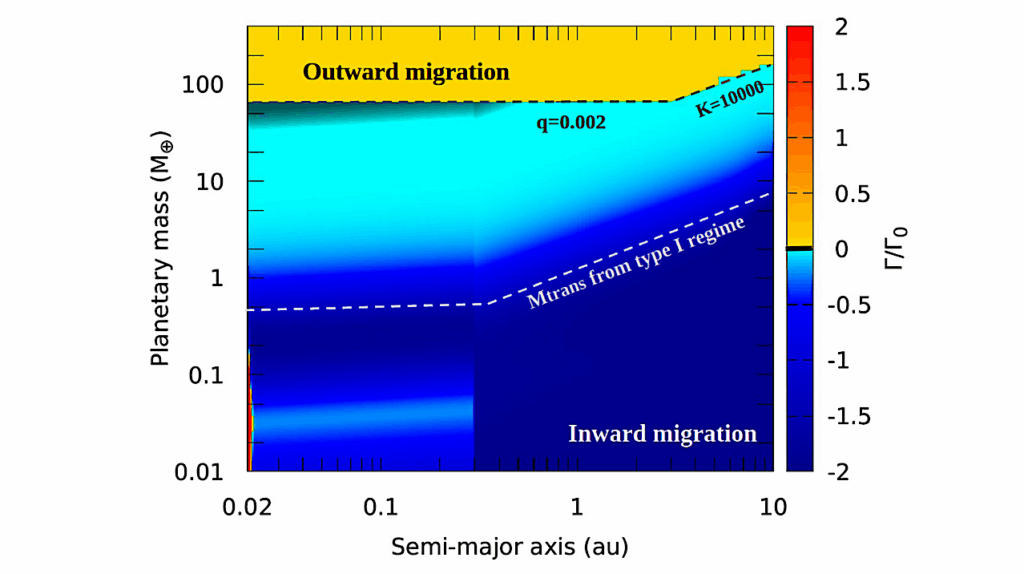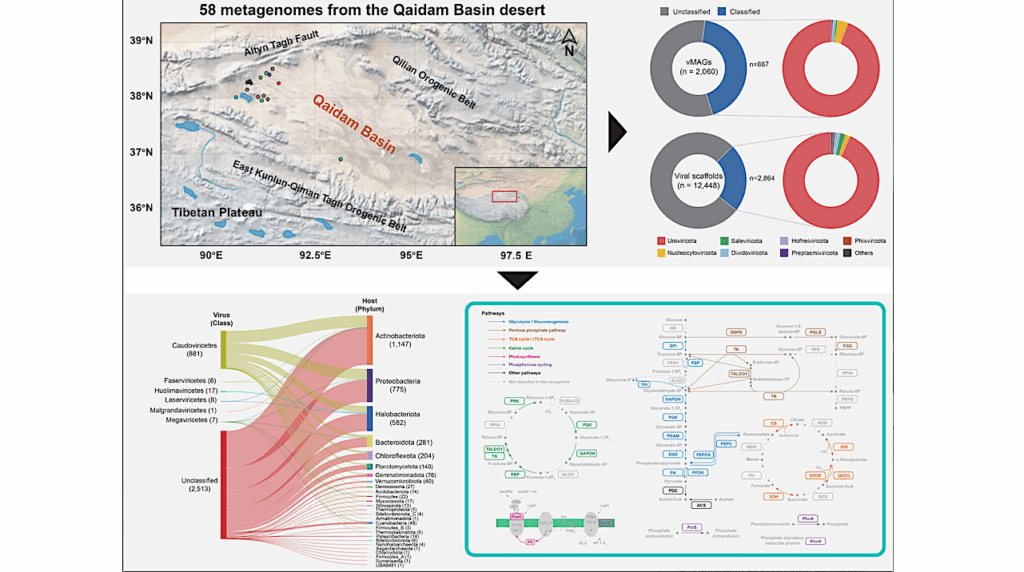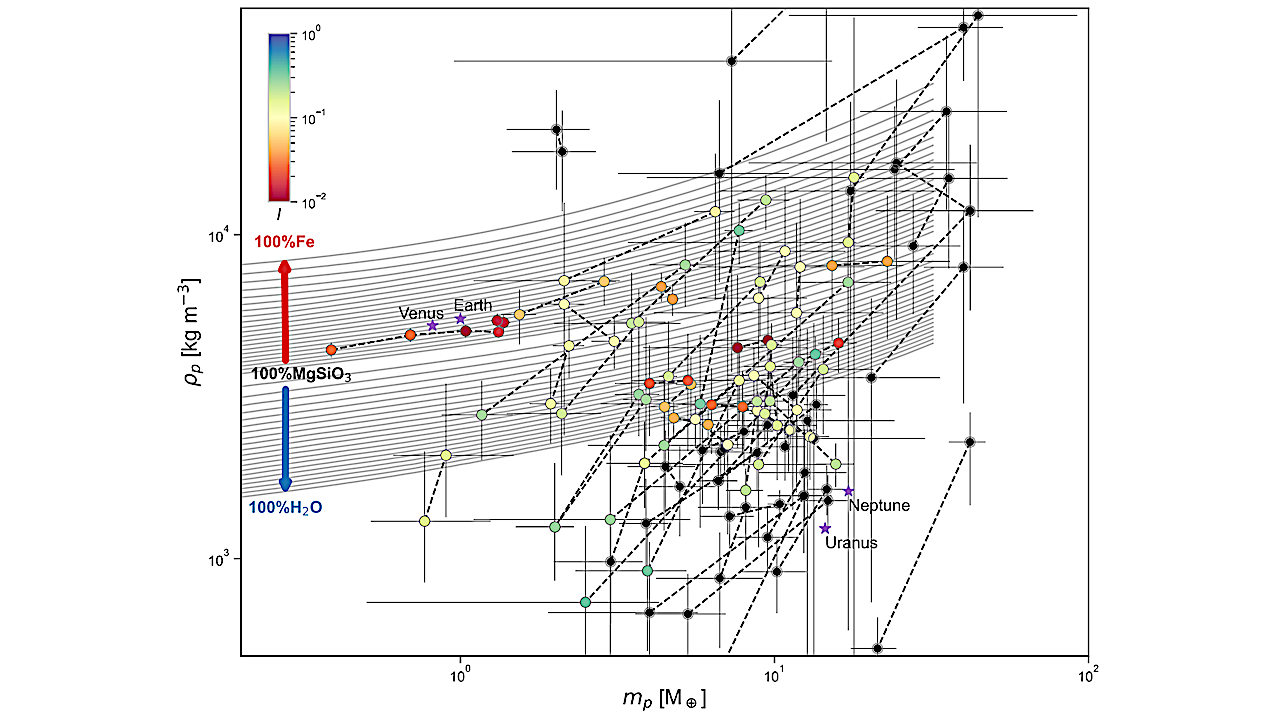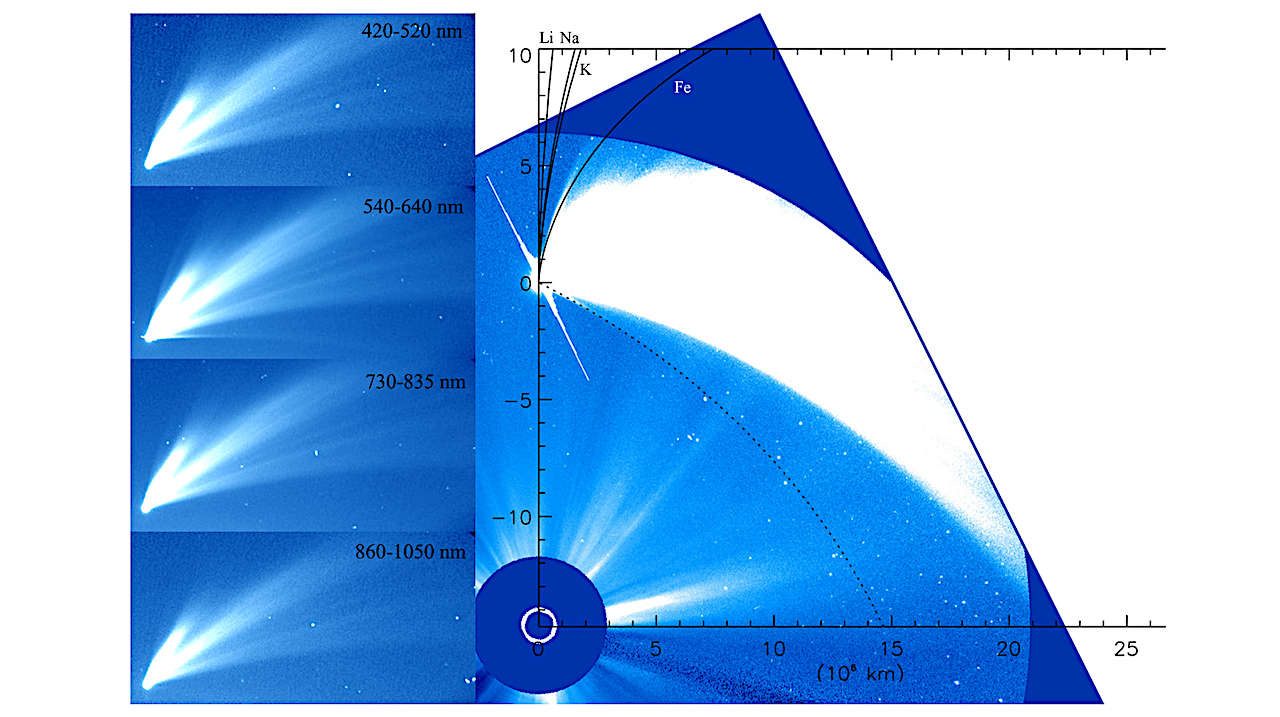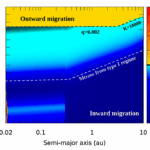Now Reading: Flare Frequency In M dwarfs Belonging To Young Moving Groups
-
01
Flare Frequency In M dwarfs Belonging To Young Moving Groups
Flare Frequency In M dwarfs Belonging To Young Moving Groups
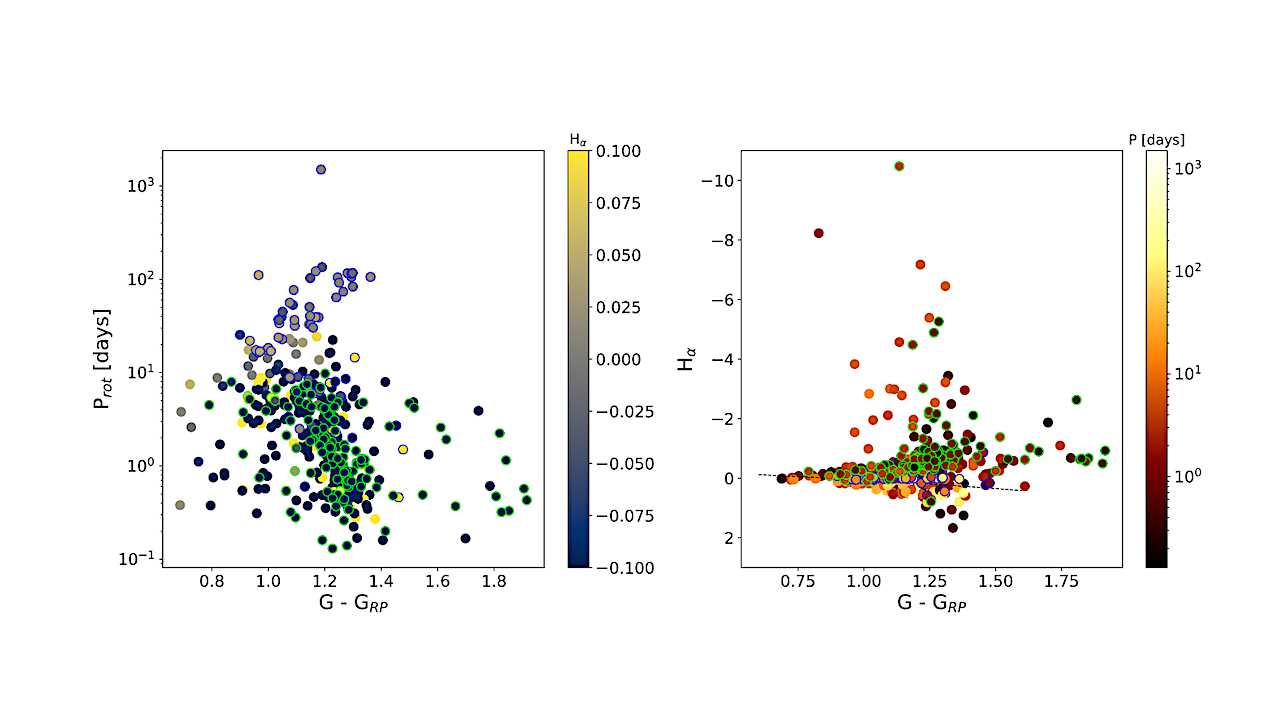

The relationship between Hα and logProt across (G – GRP) colour from Gaia DR3. Left: the rotation period distribution with (G – GRP) colourcoded by normalised Hα equivalent width. Right: Hα equivalent width against (G – GRP), colour-coded by logProt. Stars with newly determined periods Prot are plotted as circles with lime-green edges, field stars in the sample are represented as circles with blue edges. The M-dwarf activity boundary plotted as a dashed line follows Kiman et al. (2021). — astro-ph.SR
Context. M stars are preferred targets for studying terrestrial exoplanets, for which we hope to obtain their atmosphere spectra in the next decade.
However, M dwarfs have long been known for strong magnetic activity and the ability to frequently produce optical, broadband emission flares.
Aims. We aim to characterise the flaring behaviour of young M dwarfs in the temporal, spectral, and energetic dimensions, as well as examine the stellar parameters governing this behaviour, in order to improve our understanding of the energy and frequency of the flare events capable of shaping the exoplanet atmosphere.
Methods. Young Moving Group (YMG) members provide a unique age-based perspective on stellar activity. By examining their flare behaviour in conjunction with rotation, mass, and H{alpha} data, we obtain a comprehensive understanding of flare activity drivers in young stars.
Results. We demonstrate that young stars sharing similar stellar parameters can exhibit a variety in flare frequency distributions and that the flare behaviour shows indications of difference between optical and far-UV. We propose that the period of rotation, not the age of the star, can be a good proxy for assessing flaring activity. Furthermore, we recommend that instead of a simple power law for describing the flare frequency distribution, a piecewise power law be used to describe mid-size and large flare distributions in young and active M dwarfs.
Conclusions. Using known periods of rotation and fine-tuned power laws governing the flare frequency, we can produce a realistic sequence of flare events to study whether the atmosphere of small exoplanets orbiting M dwarf shall withstand such activity until life can emerge.
E. Mamonova, Y. Shan, A. F. Kowalski, S. Wedemeyer S. C. Werner
Subjects: Solar and Stellar Astrophysics (astro-ph.SR)
Cite as: arXiv:2506.04465 [astro-ph.SR] (or arXiv:2506.04465v1 [astro-ph.SR] for this version)
https://doi.org/10.48550/arXiv.2506.04465
Focus to learn more
Submission history
From: Elena Mamonova
[v1] Wed, 4 Jun 2025 21:36:20 UTC (5,734 KB)
https://arxiv.org/abs/2506.04465
Astrobiology,
Stay Informed With the Latest & Most Important News
Previous Post
Next Post
Previous Post
Next Post
-
 012024 in Review: Highlights from NASA in Silicon Valley
012024 in Review: Highlights from NASA in Silicon Valley -
 02Panasonic Leica Summilux DG 15mm f/1.7 ASPH review
02Panasonic Leica Summilux DG 15mm f/1.7 ASPH review -
 03How New NASA, India Earth Satellite NISAR Will See Earth
03How New NASA, India Earth Satellite NISAR Will See Earth -
 04From Polymerization-Enabled Folding and Assembly to Chemical Evolution: Key Processes for Emergence of Functional Polymers in the Origin of Life
04From Polymerization-Enabled Folding and Assembly to Chemical Evolution: Key Processes for Emergence of Functional Polymers in the Origin of Life -
 05And Thus Begins A New Year For Life On Earth
05And Thus Begins A New Year For Life On Earth -
 06Astronomy Activation Ambassadors: A New Era
06Astronomy Activation Ambassadors: A New Era -
07SpaceX launch surge helps set new global launch record in 2024













